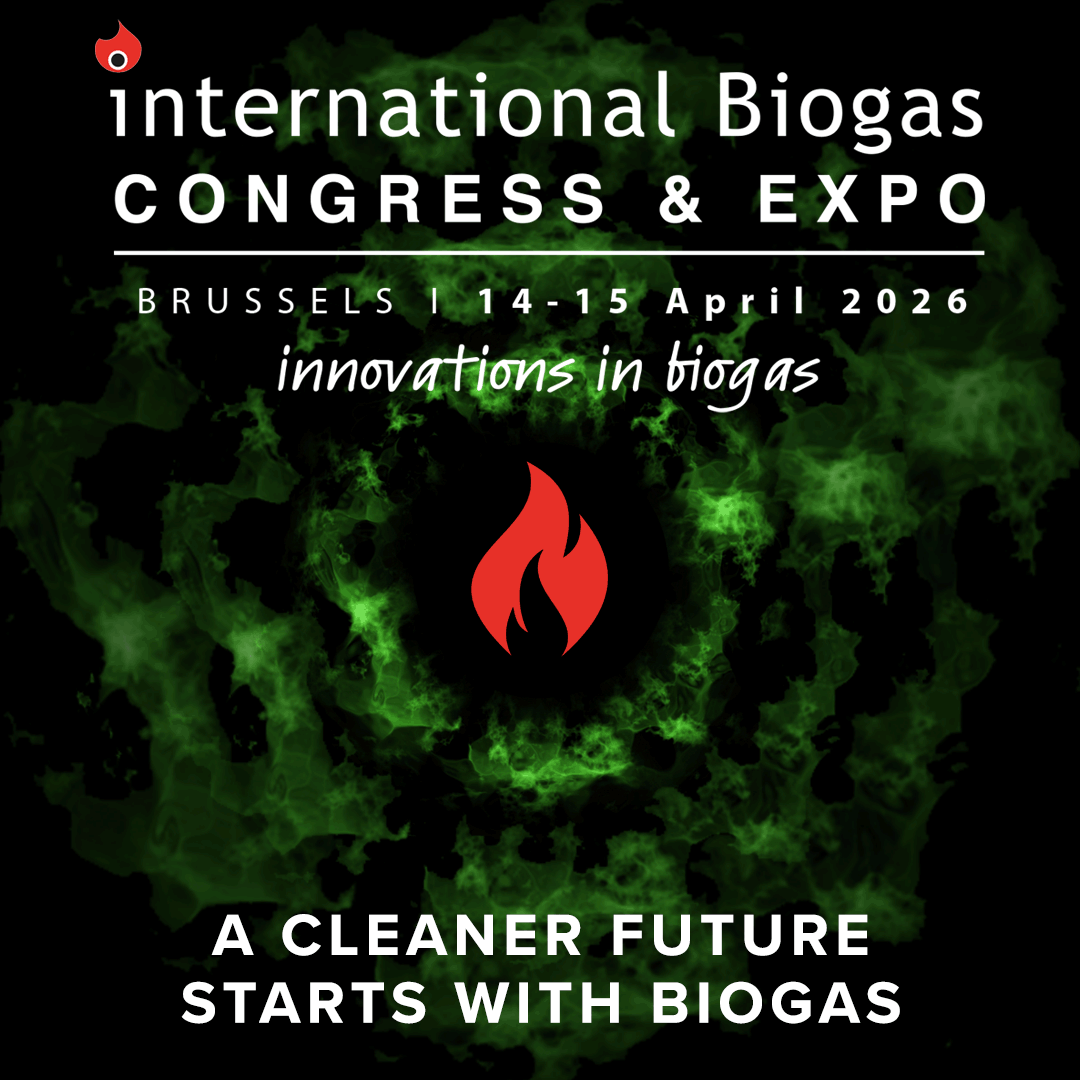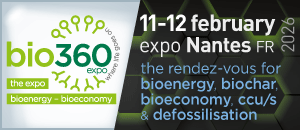California's VVWRA marks start-up of biogas production system
In the US, the Victor Valley Wastewater Reclamation Authority (VVWRA) marked the official start-up of its new Omnivore biogas production system with a ribbon cutting ceremony at the end of September.
Omnivore was provided by technology supplier Anaergia and funded in part by the California Energy Commission's (CEC) Public Interest Energy Research (PIER) programme.
The start-up of the VVWRA Omnivore project demonstrates how wastewater treatment plants can increase digester loading and biogas production using existing infrastructure. It includes Anaergia's high solids mixers and recuperative thickener, which change an ordinary digester into a high-solids Omnivore digester.
The Omnivore retrofit enables VVWRA to triple the digester's solids content and biogas production rate. VVWRA will convert the additional biogas into electricity to meet part of the wastewater treatment facility's electrical demand.
This is the first North America-based project where Anaergia has provided its high solids digestion technologies.
Logan Olds, VVWRA's GM, says: 'Our goal is to demonstrate that we can operate our existing infrastructure more efficiently. With recuperative thickening or even with traditional digesters, the ability to co-digest an additional waste stream can bring added value to the facility, whether it be through minimizing tipping fees or by producing power from the additional methane that is generated as a result of the decomposition.'
In similar news, Anaergia and its project partner Grannus Biogas has signed a contract with the Pima County Regional Wastewater Reclamation Department (PCRWRD) in Arizona to design-build-finance-own-operate a large-scale biomethane upgrading facility.
In March of this year, Anaergia and Grannus were selected to enter negotiations with Pima, and the resulting service contract has now been executed.
PCRWRD operates nine wastewater treatment facilities in Pima County, which generate biosolids that can be used to create biogas. The majority of biosolids generated at these wastewater plants are transferred to a centralised wastewater biosolids handling and treatment facility located at the Tres Rios Water Reclamation Facility just outside of Tucson, Arizona. Here, biosolids are processed in anaerobic digesters, producing a continuous supply of digester gas which is currently flared.
The biomethane upgrading facility will treat and compress the biogas, creating biomethane which will be compositionally similar to natural gas.














